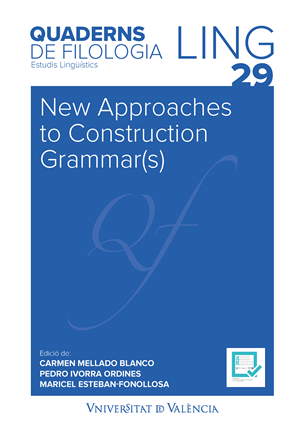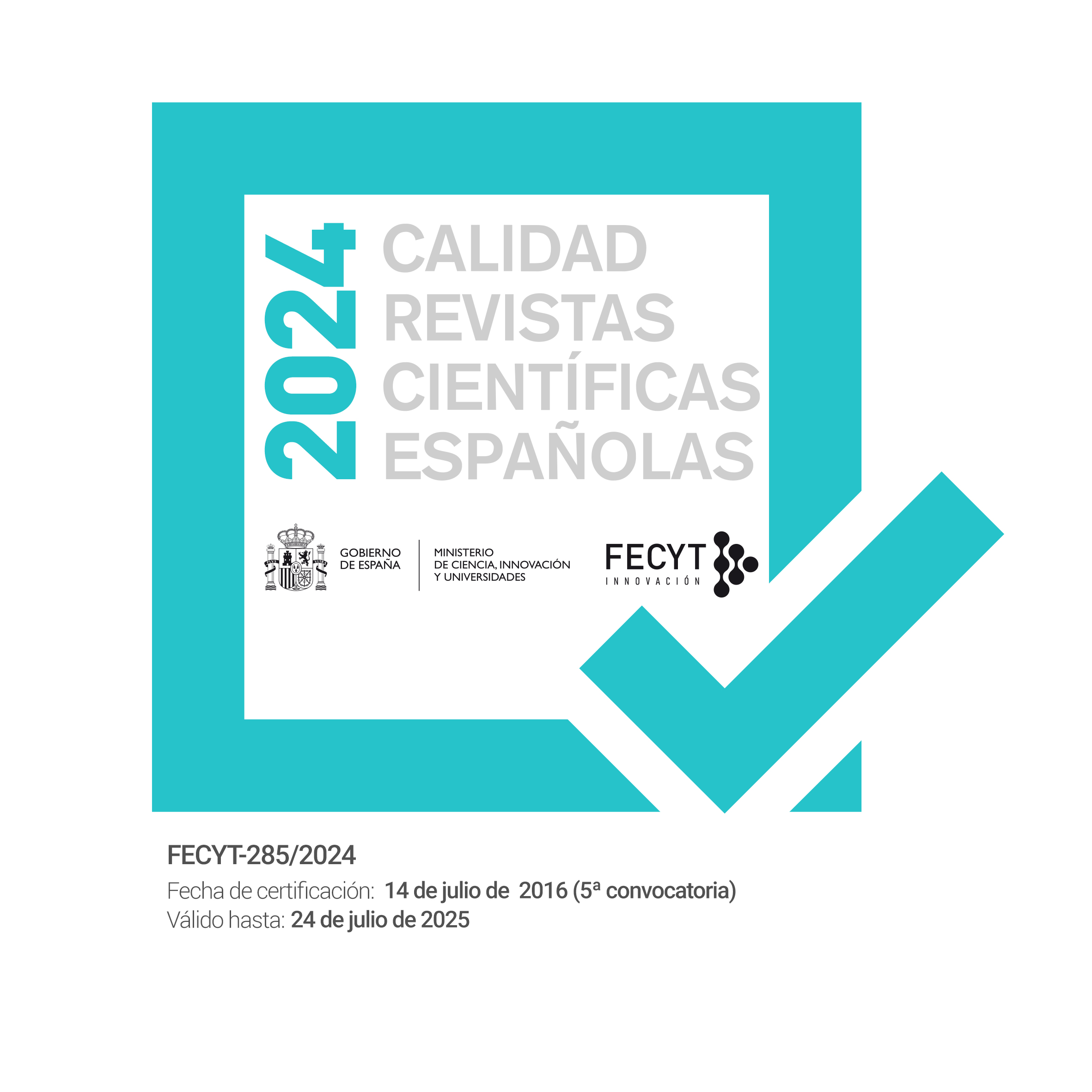Contrastive is the new black: A cross-linguistic study of a “snowclone” in English, German, and Spanish
DOI:
https://doi.org/10.7203/QF.29.28712Keywords:
construction grammar, language contact, phraseology, constructional borrowing, snowclones Abstract
Abstract
Recent constructionist research has seen increased interest in language contact and contact-induced change. In this paper, we present a contrastive corpus-based analysis of the “snowclone” [X BE the new Y] and its equivalents in German and Spanish. Our results show that the construction is most frequent in English but productive in all three languages. Collostructional analysis techniques reveal parallels among the lexemes that the pattern combines with in each language, but also differences in the degree of semantic variability. Together, the results reflect the role of constructional borrowing in the emergence of the German and Spanish constructions, which can be modelled via links in the mental network of multilingual speakers.
 Downloads
Downloads
Downloads
Published
How to Cite
-
Abstract291
-
PDF90
Issue
Section
License
Copyright (c) 2024 Tobias Ungerer, Stefan Hartmann

This work is licensed under a Creative Commons Attribution-NonCommercial-NoDerivatives 4.0 International License.
 Este obra está bajo una licencia de Creative Commons Reconocimiento-NoComercial-SinObraDerivada 4.0 Internacional.
Este obra está bajo una licencia de Creative Commons Reconocimiento-NoComercial-SinObraDerivada 4.0 Internacional.
Authors who publish with this journal agree to the following terms:
- Authors retain copyright and grant the journal right of first publication with the work simultaneously licensed under a Creative Commons Attribution License that allows others to share the work with an acknowledgement of the work's authorship and initial publication in this journal.
- Authors are able to enter into separate, additional contractual arrangements for the non-exclusive distribution of the journal's published version of the work (e.g., post it to an institutional repository or publish it in a book), with an acknowledgement of its initial publication in this journal.
- Authors are permitted and encouraged to post their work online (e.g., in institutional repositories or on their website) prior to and during the submission process, as it can lead to productive exchanges, as well as earlier and greater citation of published work (See The Effect of Open Access).




